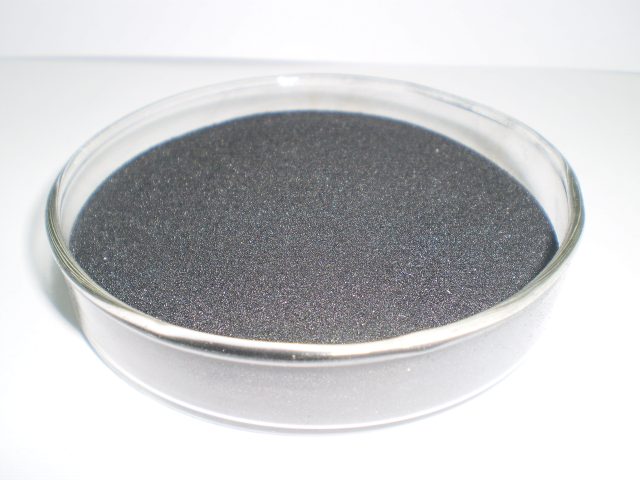Humic Acid (HA) is a plant and animal remains, mainly plant remains, through the decomposition and transformation of microorganisms, and a series of complex geochemical reactions and accumulated organic substances. It is a high molecular organic acid composed of aromatic and its various functional groups, and has good physiological activity and functions of absorption, complexation and exchange. The main elemental composition of humic acid is carbon, hydrogen, oxygen, nitrogen, sulfur, and is a polycondensate of a polyvalent phenolic aromatic compound and a nitrogen compound.
The fulvic acid is extracted from natural humus and is a group of substances which are soluble in alkali, acid and water and have a small molecular weight and a dilute solution which is yellow or brownish yellow. It is a reddish brown powdery substance that is soluble in water. Fulvic acid is the best core component of soil humus. It is a small molecular weight, fully water-soluble organic aromatic substance which is decomposed and decomposed by organic matter. It is the best humic acid component in soil and the core material for the formation of soil aggregate structure. .
Humic acid is used in agriculture as a nutrient soil additive, rooting and strong root fertilizer additive, soil conditioner, plant growth regulator, foliar fertilizer compound, cold resistance agent, drought resistance agent, compound fertilizer synergist, etc., with nitrogen, The humic acid fertilizer made by combining elements such as phosphorus and potassium has the functions of increasing fertilizer efficiency, improving soil, stimulating crop growth, and improving the quality of agricultural products. Magnesium humate, zinc humate and humic acid urea iron have good effects in supplementing soil magnesium deficiency, corn zinc deficiency and fruit tree iron deficiency; humic acid, herbicide ether, atrazine and other pesticides can be mixed to improve the efficacy. Inhibition of residual toxicity; sodium humate is effective in treating apple tree rot.
Fulvic acid is a broad-spectrum plant growth regulator that promotes plant growth and plays an important role in combating drought. It can improve plant resilience, increase yield and improve quality. The main application objects are wheat, corn, sweet potato, millet, rice, cotton, peanut, rape, tobacco, sericulture, melon and fruit, and vegetables.
Humic acid is the most vital element of organic matter in the soil and is the “brain gold” of the soil. Humic acid has a range of properties, such as CEC, oxygen content, and the ability to retain moisture. The most important thing is that humic acid can be combined with metal cations, oxygen, and hydrates to slowly accumulate and release them for use in crops.
The fulvic acid contains a large number of functional groups, which act on the soil particles to form agglomerates of different sizes and stable structure. After the soil is applied with fulvic acid, its surface activity can adsorb and exchange the applied fertilizer, and also transform the solidified part of the soil into a crop that can not be absorbed by the crop and can be absorbed and utilized, thereby improving nutrient utilization. . In the soil where fulvic acid forms agglomerate structure, the activity of microorganisms is strong, the biological activity is high, the nutrient supply is sufficient, and the preservation and supply of soil nutrients can be well coordinated, thereby improving soil fertility.
The “five major effects” of humic acid in agriculture (improving soil, enhancing fertilizer, stimulating growth, enhancing stress resistance and improving quality) have been guiding the application and progress of humic acid in agriculture.
Fulvic acid is a humic acid product with a wide range of uses and high economic benefits. It still has a large market and competitive advantage in plant growth agents, anti-reverse agents, fluid fertilizers, pharmaceutical preparations and cosmetics. The “four-drug function” of fulvic acid in agriculture (drought-resistant agents, growth regulators, pesticide slow-release synergists and chemical element complexing agents) is a classic, and it is unique as a drought-resistant agent.

